In this article, we’ll guide you through a series of figure drawing tips that will ignite your creativity and level up your artistic skills.
You’ll get some basic and more advanced figure drawing tips! So either if you’re a veteran artist or just starting to learn about figure drawing and gesture drawing, these tips will help you.
So, grab your sketchbook or drawing tablet, and let’s get started doing some figure drawing, with these tips.
Table Of Contents
Warm Up First!

Always warm up first before starting a figure drawing!
To warm up before starting your figure drawing session, you should begin with quick sketches to charge your imagination and prepare your hand-eye coordination.
These warm-up sketches are essential for getting into the right mindset and loosening up your drawing hand. By starting with quick gestures, you can capture the energy and essence of the figure, allowing you to create dynamic and lifelike drawings.
This is also very important to do so you won’t get hand and wrist pain while drawing. The warm-ups are not just to get better at drawing, but to also prevent you from hurting yourself!
Now, let’s move on to the next tip: don’t focus on just one part of the figure.
Don’t Focus On Just One Part Of The Figure
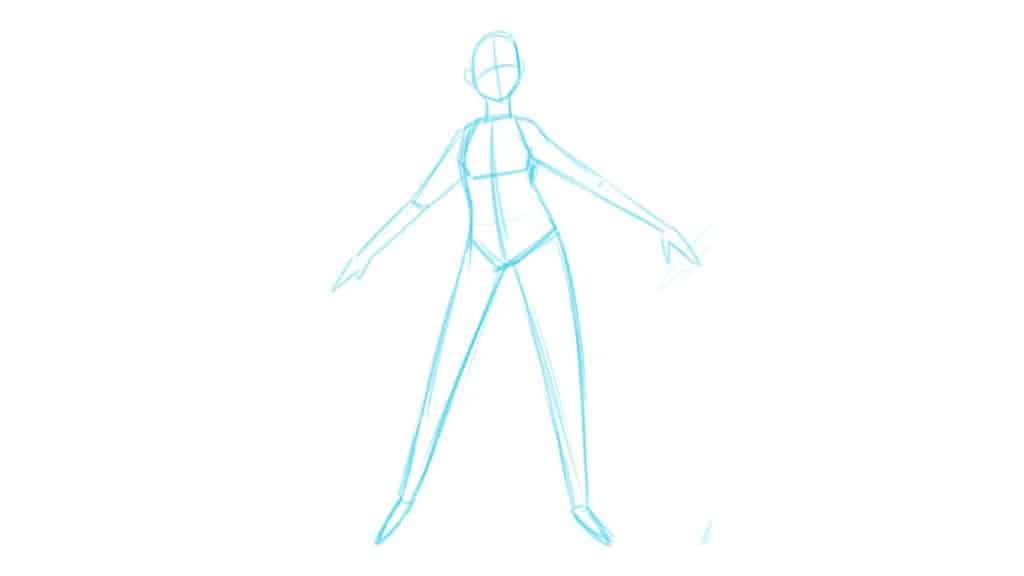
Avoid fixating on a single area of the body; instead, take a holistic approach to capturing the entire figure in your drawings.
While it’s tempting to focus on a specific pose or the details of a particular body part, it’s important to remember that the beauty of figure drawing lies in its ability to capture the essence of the entire model.
By shifting your attention from one area to another, you can create a sense of balance and harmony in your drawings.
Life drawing sessions (which we’ll talk about more later in this article) provide the perfect opportunity to practice this skill, as models change poses frequently, forcing you to adapt and capture the whole figure.
If you’d like to practice more Gesture Drawing, I recommend you check this selection of Gesture Drawing Exercises here!
Now, let’s explore how simplifying anatomy using basic shapes can improve your figure drawing skills.
Simplify Anatomy Using Basic Shapes
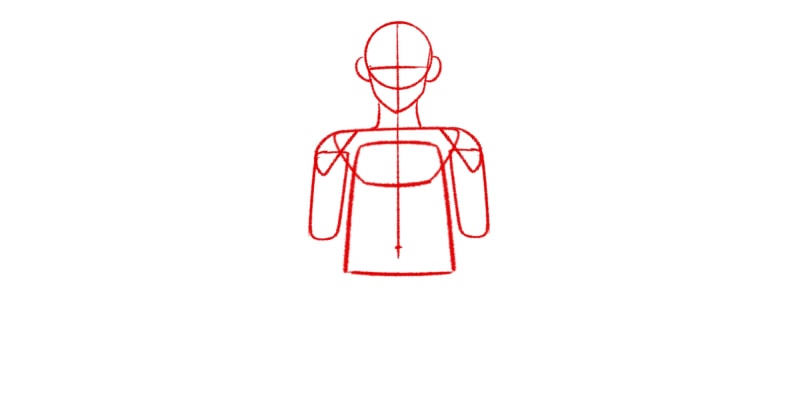
By simplifying anatomy using basic shapes, you can easily establish proportions and placement in your figure drawings.
Breaking down the complex human form into simple geometric forms, such as cylinders, spheres, and cubes, allows you to focus on the overall structure rather than getting caught up in the details too early, as we mentioned before!
Not only that, but using basic shapes makes the entire process MUCH easier to deal with.
Instead of memorizing specific muscle names and trying to draw the shapes you have in your memory, simplify every part of the body into very simple shapes.
This technique not only helps you to place body parts in relation to one another accurately but also in understanding foreshortening and challenging perspectives.
Now that you have a solid foundation of simplified anatomy, let’s delve deeper and study the proportions of the human figure.
Study The Proportions
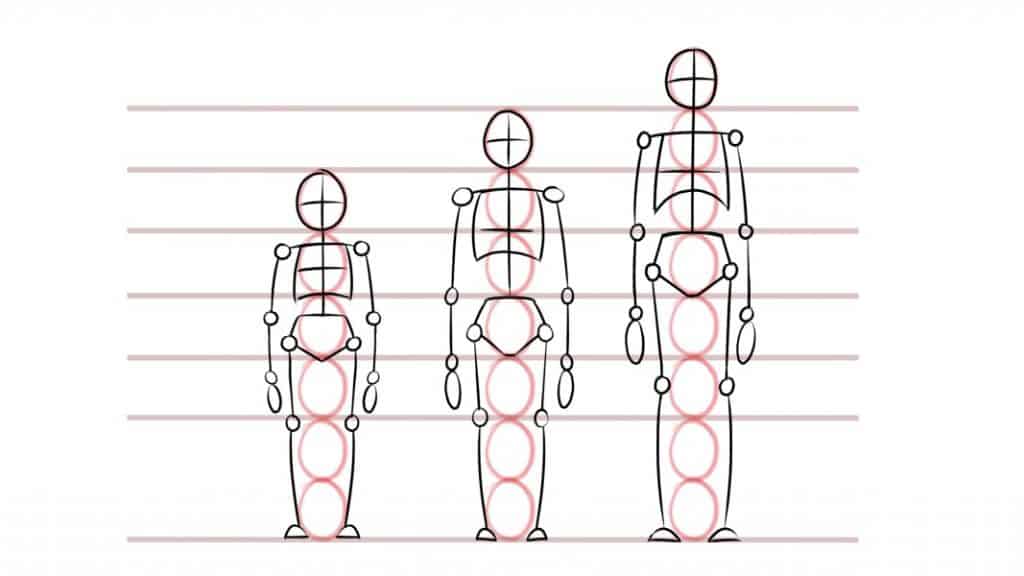
Studying the proportions of the human figure is crucial for creating realistic and well-balanced figure drawings.
Understanding how different parts of the body relate to each other in terms of size and placement is key to achieving accurate and visually appealing results.
You can measure Proportions by using the head as a unit of measurement, with the average human body being around 7 to 8 heads tall.
This method helps identify any errors in the drawing and maintains consistency throughout the whole drawing of the figure!
This is a skill that takes time to master!
After all, the entire human body is complex, and the proportions of each body part will differ from body type to body type.
So, study the proportions and practice a lot, but take it one step at a time.
Remember The Shadows And Highlights!
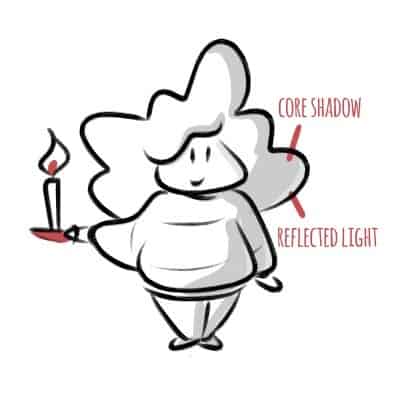
Remember to pay attention to the shadows and highlights in your figure drawings.
This will add depth and dimension to your artwork. Shadows and highlights are crucial in creating the illusion of form and volume in a drawing.
By understanding how light interacts with the human body, you can effectively depict the three-dimensional aspects of the figure.
Many artists are so focused on the entire pose of the figure, that they forget about how the light is behaving!
This can be a problem when trying to “finalize” a figure drawing later on.
When observing your reference or model, take note of the areas where light hits the figure, creating highlights, and the areas that are in shadow.
Use techniques such as cross-hatching, stippling, or blending to render these areas accurately. Shadows and highlights can vary depending on the angle and intensity of the light source, so take the time to observe and capture these nuances in your drawings carefully.
I talk more about shading and the techniques I’ve mentioned above in my How To Shade A Drawing article here!
Now, let’s move on to the next section and discover the importance of dating your figure drawings.
Date Your Figure Drawings
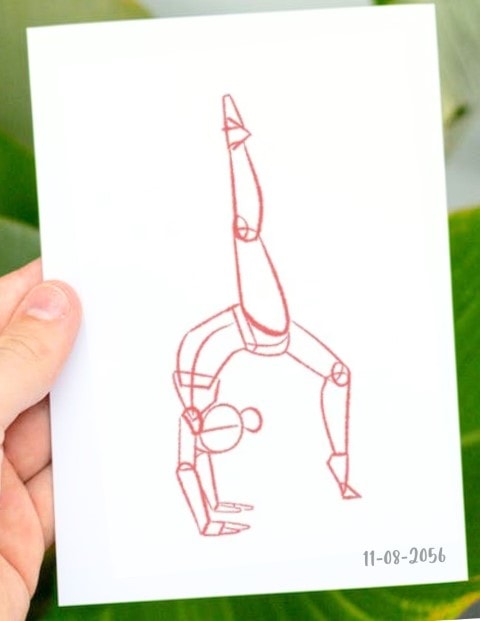
Don’t forget to add the date to your figure drawings for future reference and to track your progress. Dating your drawings allows you to see how your skills and techniques evolve over time. It provides a visual record of your growth as an artist and helps you identify areas for improvement.
It’s great to check a big pile of drawings and know how much you’ve improved, page by page!
Not only that, but dating your drawings allows you to easily organize and categorize your artwork based on the time period it was created.
This can be especially helpful when studying specific aspects of figure drawing, such as the shoulder shape or the angle of a certain mark.
Now, let’s explore the next section about drawing from life.
Try Drawing From Life

Experiencing and capturing live subjects can greatly enhance your figure drawing skills.
Sure, having a great pose reference will help you A LOT when drawing figures, but being in a live figure drawing session will make you improve quite faster.
When you sketch from a live model, you have the opportunity to observe the nuances of the human body and capture the energy and essence of the pose.
This practice allows you to break free from default thinking patterns and open up your mind to new possibilities. Additionally, drawing from life helps refresh your knowledge and understanding of the body, providing a solid foundation for drawing from imagination.
And you don’t even have to go to a live life drawing session! You can go to a sports activity such as gymnastics, a football game, or a UFC fight, and practice some quick gesture drawing and figure drawing.
I hope this article has helped you improve your figure-drawing skills with these tips!
If you’d like to improve your skills further, I recommend you get one (or more) of these Anatomy Reference Books For Artists!
And for more information on Gesture Drawing (With Examples And Tips) click here.
Patricia Caldeira is the main writer here at Don Corgi. She's an art teacher with over 20.000 happy students across many platforms and courses!
Enjoy your stay and as always:
Keep on drawing!



